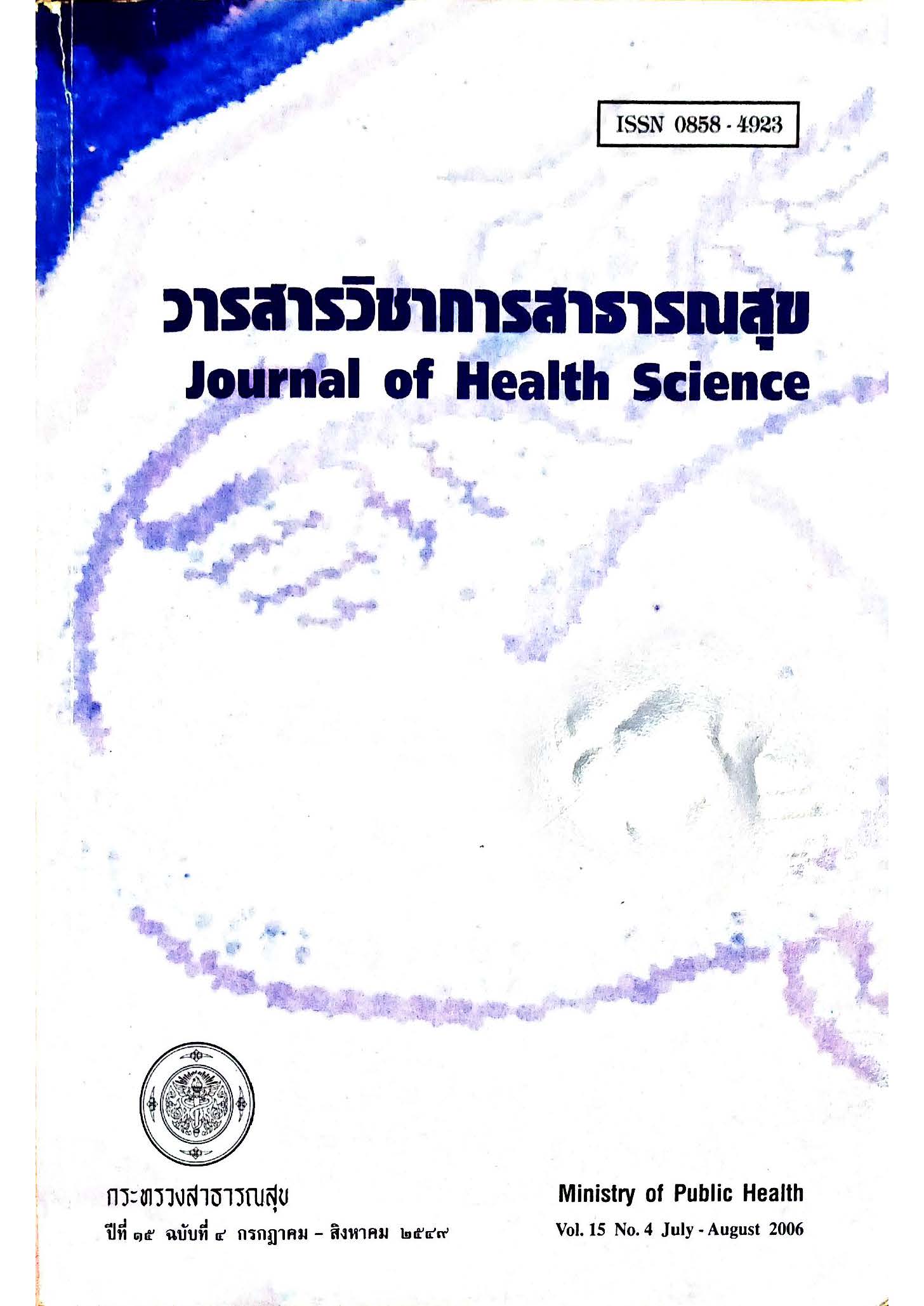Foodborne Botulism: Part II Microbiology and General Knowledge on Botulism Prasert Thongcharoen, Suporn Foongladda
Keywords:
foodborne botulism, microbiology, general knowledgeAbstract
Botulism is a severe paralytic disease caused by biological toxin on the nervous system. Botulism has been reported since the 18th century. The causative bacteria was later discovered by Dr.Emille Pierre Marir van Ermengem, professor of microbiology at Ghent University.
Clostridium botulinum is a large rod shape, gram positive, spore-forming anaerobic bacteria. It is generally found in the environment. Spores can survive in dried and aerobic condition; they are heat resistant but could be destroyed by autoclaving.
The biological toxin is a colorless, odorless, tasteless and is the most powerful toxic substance. Botulinum toxin can be further classified into A-G by their antigenic properties. Toxin A is the most toxic one and the toxic dose of type A is approximately 0.001 microgram/ kg body weight. The toxin could be inactivated by heat. Boiling food before serving is, therefore, safe for consumption.
Botulism is classified by the mode of intoxication, namely, foodborne botulism, infantile botulism and bioterrorist botulism etc. Lower dose of purified botulinum toxin could be used as therapeutic drug for spastic torticollis, strabismus, temporariry improve the frown lines between eyebrows and for bioterrorism purpose. Treatment of botulism can be achieved by early antitoxin administration and proper supportive care.
Suitable specimens collected from patients (blood or serum, vomitus, stool, gastric lavage, wound tissues, organs from autopsy, food left-over, etc.) and samples collected from the environment should be sent to the laboratories for diagnostic tests. Tests to identify botulinum toxin have been mentioned.
Downloads
Downloads
Published
How to Cite
Issue
Section
License

This work is licensed under a Creative Commons Attribution-NonCommercial-NoDerivatives 4.0 International License.







